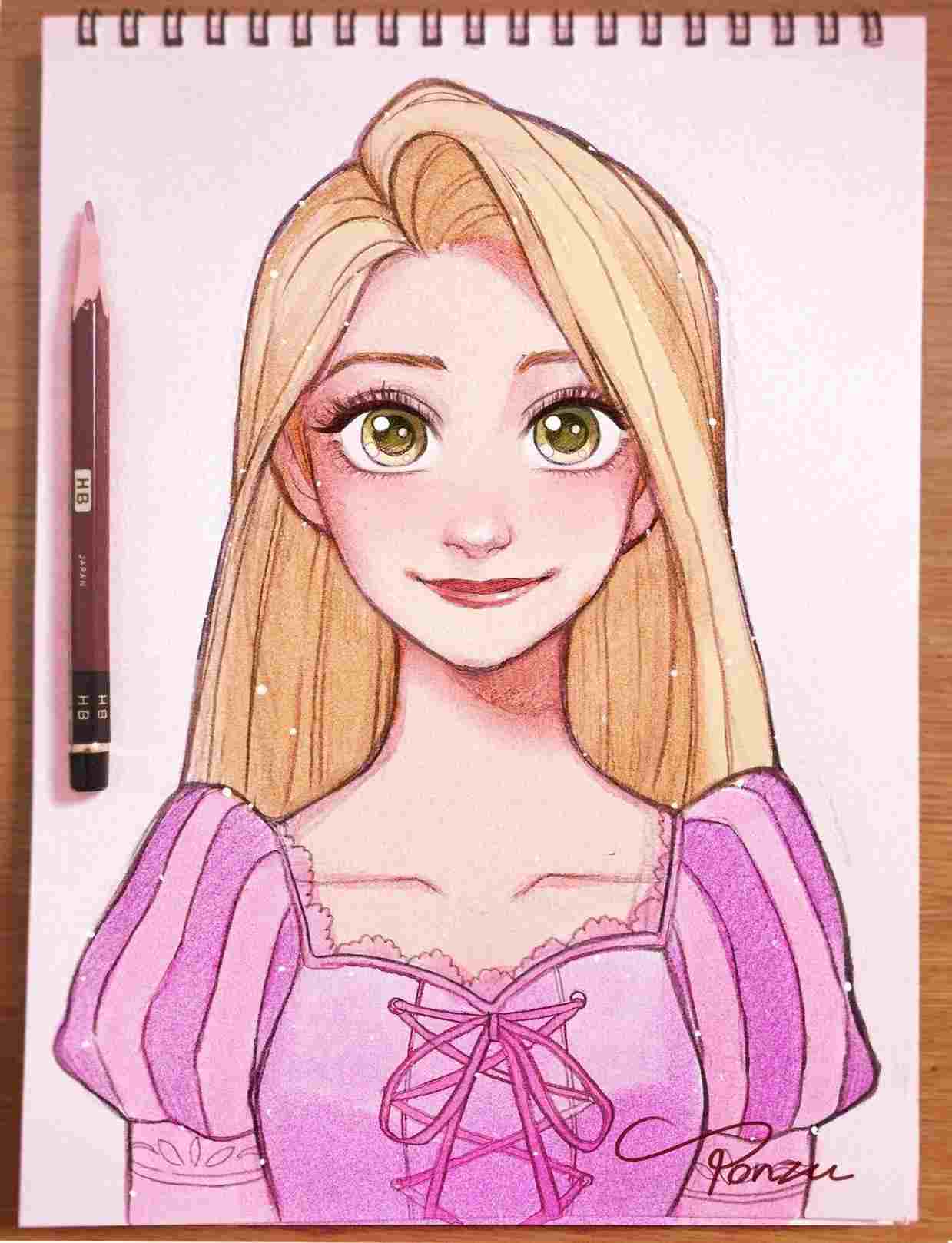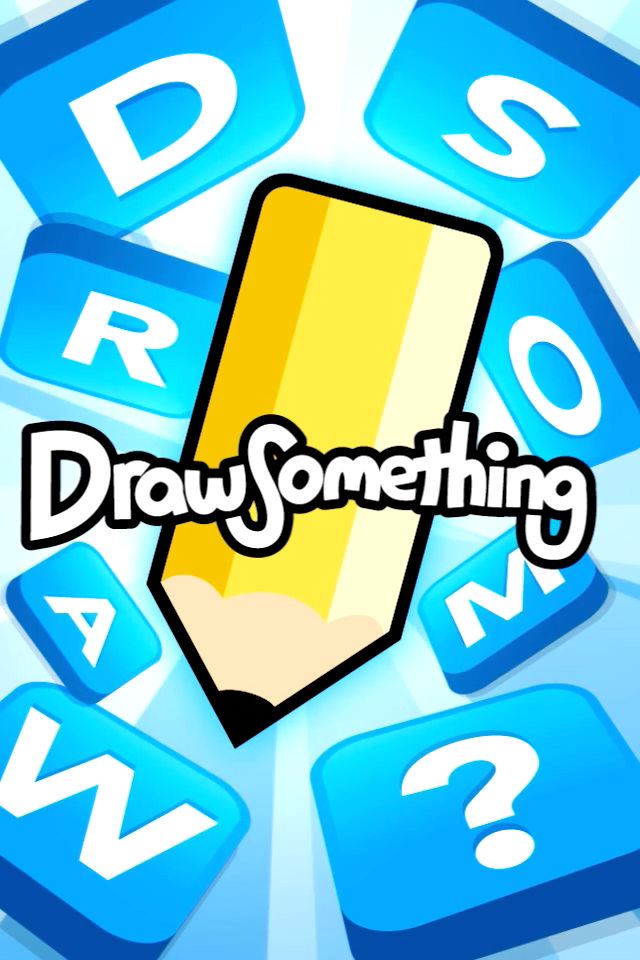Learn to draw faces and portraits for the absolute beginner free epub
Table of Contents
Table of Contents
Do you admire the beautiful portraits you see in art galleries and wish you could create your own? Have you tried drawing portraits but always end up dissatisfied with the results?
Drawing portraits can be a challenging task, particularly for beginners. It can be frustrating to struggle with getting the proportions right or achieving the desired level of detail. Additionally, there may be uncertainties about which materials to use, what techniques to employ, and how to go about selecting the right subject.
However, the good news is that with a few tips and tricks, anyone can learn how to draw portraits successfully.
Firstly, it is essential to understand that portraits are more than just a representation of someone’s likeness; they capture emotions, character, mood, and personality. Therefore, before putting pencil to paper, it’s crucial to spend time observing and understanding the subject.
My Personal Experience with Drawing Portraits
I began learning to draw portraits a few years ago, and it wasn’t easy. I struggled with getting the proportions right and felt like I could never capture the likeness of the subject. However, as time went by, I realized that it was all a matter of practice and patience.
One of the key things that made a massive difference for me was studying the subject’s face and understanding the underlying shapes and structures. By breaking down the face into smaller elements and focusing on each portion individually, I found that I was able to achieve a more realistic likeness.
Materials and Techniques for Drawing Portraits
When starting to draw portraits, it’s best to keep things simple with just a pencil and paper. It’s also crucial to have a good quality eraser, as mistakes are inevitable, particularly in the learning stages. As you progress, you may want to experiment with different pencils and papers, such as charcoal or toned paper.
Techniques for drawing portraits vary, but one of the most effective ways is to use the “block-in” method. This method involves drawing in the basic shape of the head and adding in the features gradually. It allows you to get the proportions right before moving on to the finer details.
The Importance of Lighting and Shadows
One of the keys to creating a realistic portrait is understanding how lighting and shadows affect the face’s form. By paying attention to the direction of the light source and creating shadows and highlights, you can add volume and dimension to the face. Understanding the concept of light and shadow can help you create more depth and realism in your portraits.
Practice Makes Perfect
Like any skill, learning to draw portraits takes practice, and lots of it. By committing to regular practice, you will see improvements and start to develop your style and technique. It’s also essential to be patient with yourself and not get discouraged by mistakes. Every mistake is an opportunity to learn and improve.
Choosing Your Subject
When starting to draw portraits, it’s best to choose a subject that’s easy to observe and draw. A good place to start is by drawing self-portraits or using photographs of friends and family. As you progress, you can move on to more challenging subjects, such as models or celebrities.
Question and Answer
Q: Do I need to be good at drawing to learn how to draw portraits?
A: No, anyone can learn to draw portraits. It takes practice, patience, and a willingness to learn.
Q: What is the best way to learn how to draw portraits?
A: The best way to learn how to draw portraits is to practice regularly and study the works of other artists. There are also plenty of resources online, such as tutorials and videos, that can help you learn different techniques and styles.
Q: What materials do I need to draw portraits?
A: All you need to begin drawing portraits is a pencil and paper. As you progress, you may want to experiment with different materials, such as charcoal or colored pencils.
Q: How long does it take to learn how to draw portraits?
A: Learning to draw portraits is a lifelong process. It takes time, patience, and practice to hone your skills and develop your style.
Conclusion of how to draw portraits
Drawing portraits can be a challenging yet rewarding endeavor. It takes time, patience, and practice to develop your skills and create beautiful works of art. By studying your subject, understanding the fundamentals of lighting and shadows, and committing to regular practice, anyone can learn how to draw portraits successfully.
Gallery
How To Draw A Portrait, Teach Me How To Draw, Pencil Portraits From P…
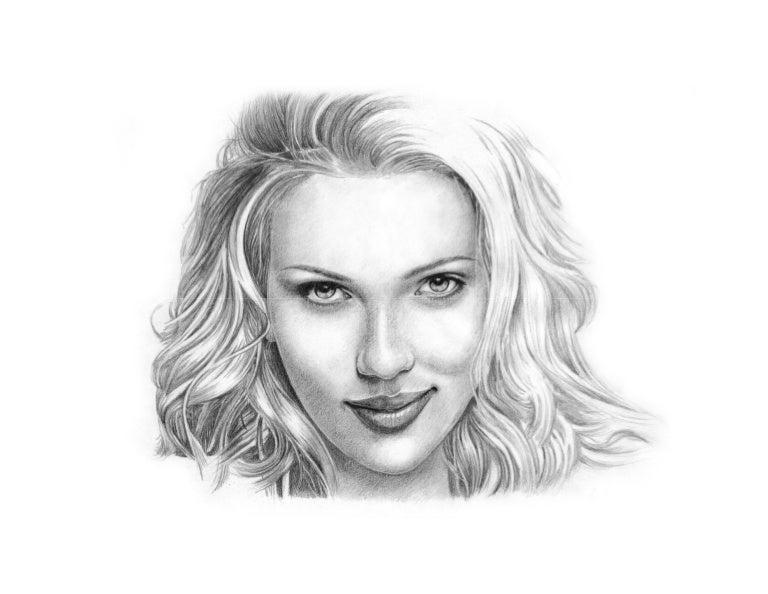
Photo Credit by: bing.com / pencil draw portrait portraits drawings easy teach drawing awesome fire slideshare friend quick
Learn To Draw Faces And Portraits For The Absolute Beginner Free Epub

Photo Credit by: bing.com / beginner
Drawing A Portrait Made Easy | Portrait Drawing, Drawings, Portrait

Photo Credit by: bing.com /
40 Beautiful And Realistic Portrait Drawings For Your Inspiration - Part 2
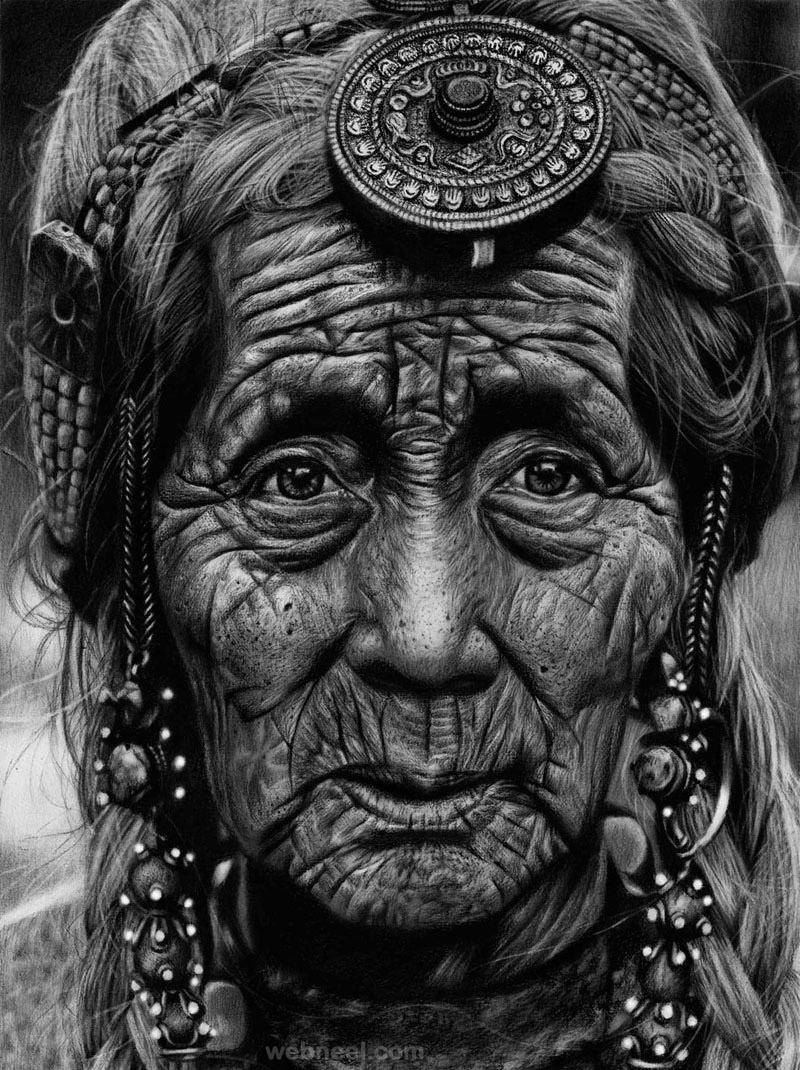
Photo Credit by: bing.com / portrait drawing drawings pencil realistic inspiration beautiful part schmoopy alaya painting
Pencil Portrait Lessons
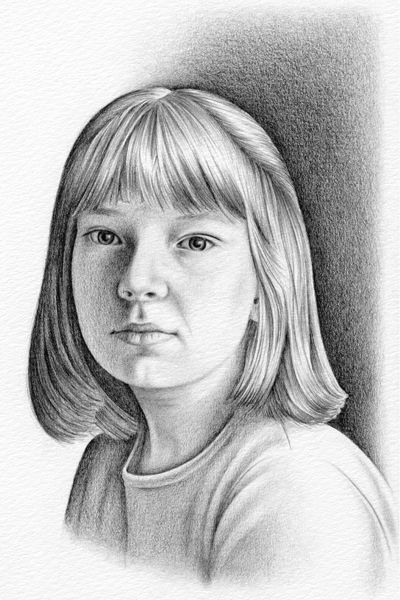
Photo Credit by: bing.com / pencil portrait portraits drawing draw lessons realistic girl step artist sketches techniques sketch shading faces make tones hair look



